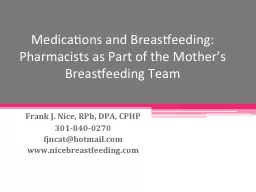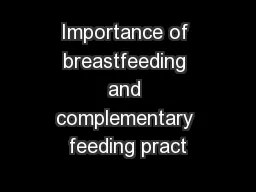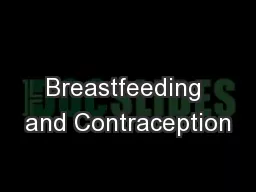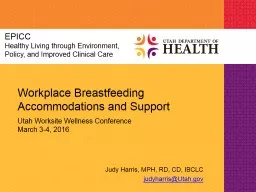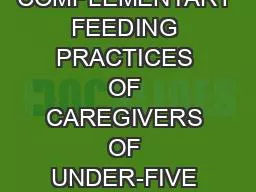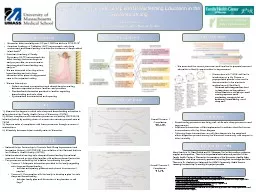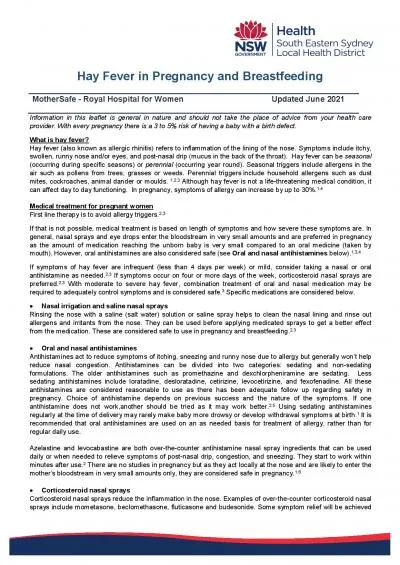PPT-Medications and Breastfeeding: Pharmacists as Part of the M
Author : briana-ranney | Published Date : 2016-05-20
Frank J Nice RPh DPA CPHP 3018400270 fjncathotmailcom wwwnicebreastfeedingcom I have the following relevant financial relationship to disclose Modest value relationship
Presentation Embed Code
Download Presentation
Download Presentation The PPT/PDF document "Medications and Breastfeeding: Pharmacis..." is the property of its rightful owner. Permission is granted to download and print the materials on this website for personal, non-commercial use only, and to display it on your personal computer provided you do not modify the materials and that you retain all copyright notices contained in the materials. By downloading content from our website, you accept the terms of this agreement.
Medications and Breastfeeding: Pharmacists as Part of the M: Transcript
Download Rules Of Document
"Medications and Breastfeeding: Pharmacists as Part of the M"The content belongs to its owner. You may download and print it for personal use, without modification, and keep all copyright notices. By downloading, you agree to these terms.
Related Documents

